Back from holiday, but spending some time in the beach city of Santa Monica, part of the huge metropolis of Los Angeles…a vast urban landscape with 13 million inhabitants. It’s the land of celluloid dreams where the car is king and the sun shines 365 days a year. But what about its environmental credentials?
Los Angeles is often quoted in the Top 10 of greenest cities in the US but it is also has some of the most polluted air, a poor public transport system and limited resources for the huge population. So how does it really stack up?
Los Angeles: Water
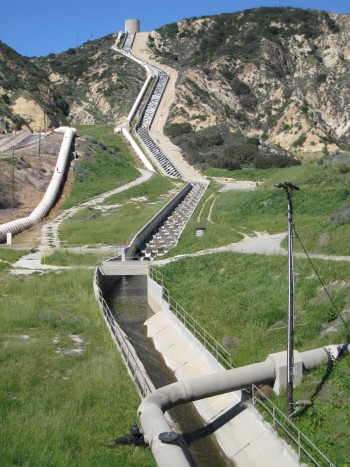 Los Angeles is located in an arid desert with minimal local water supplies. In the early 1900s, the city realised it could not continue to grow without securing an outside water supply, so the city conspired to buy the water rights of Owens Valley, over 200 miles away! An impressive 233-mile aqueduct, powered entirely by gravity, was built by William Mulholland and the first water gushed out in 1913. Not surprisingly, the story of LA’s ‘water wars’ was made into a film, the much-lauded Chinatown, directed by Roman Polanski.
Los Angeles is located in an arid desert with minimal local water supplies. In the early 1900s, the city realised it could not continue to grow without securing an outside water supply, so the city conspired to buy the water rights of Owens Valley, over 200 miles away! An impressive 233-mile aqueduct, powered entirely by gravity, was built by William Mulholland and the first water gushed out in 1913. Not surprisingly, the story of LA’s ‘water wars’ was made into a film, the much-lauded Chinatown, directed by Roman Polanski.
This early aqueduct still supplies around 50% of LA’s water, whilst another 40% is supplied from the Sierra Nevada mountains and the Colorado River (a 700-mile pipeline!). As the water is moving downhill, it requires little pumping and is also able to provide electricity through hydropower stations.
The source of the LA Aqueduct, Owens Lake, had dried up by 1924 and the dustbowl it created is now one of the worst sources of particulate air pollution in the US. A second source lake, Mono Lake, was fated to suffer the same outcome, but concerned environmentalists were able to limit the water demands and help save this beautiful lake.
Los Angeles: Power
Los Angeles generates around 7,000 megawatts per annum, more than the city’s needs, so is able to sell the excess to nearby cities. This power comes mainly from coal and gas-fired power plants, with over half based outside the state in Utah, Nevada and Arizona.
In 2010, Los Angeles met its target of producing 20% of its power needs from renewable energy sources, mainly from wind and hydro power. Unlike many other US cities, power generation is not the leading cause of air pollution in LA, rather it is transport.
Los Angeles: Transport
Exhaust fumes from cars and diesel pollution linked to the enormous port of Los Angeles are the main contributors to poor air quality. Although California has some of the strictest emissions standards for vehicles, it also has the highest concentration of cars with 26 million on the roads or about 1.8 per person! And each day around 12 million cars are on the road, travelling around 300 million miles every day.
Public transport is used by around 12% of LA residents to commute to work, and another 6% walk or cycle to work. And California has the second highest uptake of hybrid cars, with 1.54 per 1,000 residents.
Weird fact…in the 1920s, Los Angeles had one of the best urban transportation systems in the US based on electric street-cars. The rise of the automobile and unscrupulous practices by the oil and tyre companies led to its eventual demise in the 1960s.
Los Angeles: Food
Up until 1950, Los Angeles County was the largest agricultural producer in the States, but the housing boom after the Second World War meant that land was more valuable as residential lots. Nowadays, the only significant agricultural land is in the Antelope Valley, which produces mainly carrots, potatoes and peaches.
In October 2010, the mayor unveiled the “Good Food For All’ agenda which aims to create a regional food hub sourced from local farms within a 200-mile radius of LA. Its aims include ensuring good food is available for all communities within LA and promoting urban agriculture and local farmers markets. And LA’s food to be healthy, available, fair and sustainable.
Find out more about the impact that food and agriculture have on the environment at Healthy Eating.
Los Angeles: Cap and Trade Scheme
California has a target of reducing greenhouse gas emissions to 1990 levels by 2020 and is planning to introduce a cap and trade emissions scheme in 2013. This will set limits on emissions for the major polluters and allow them to trade permits where they cannot meet those targets. This represents the last hope of the US adopting significant climate change legislation, and appears set to go ahead following its ratification by the Air Resources Board last week.
Los Angeles itself set a target of reducing emissions by 35% by 2030, and met the Kyoto Protocol of a 7% reduction during 2008.
Los Angeles: Carbon Footprint
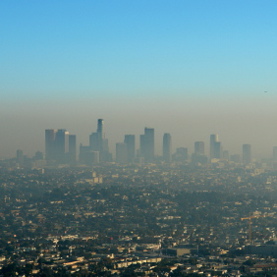 Surprisingly, a 2008 report cited Los Angeles as being the US city with the second lowest carbon footprint per capita after Honolulu. Analysts criticised some of the data used, but acknowledged that LA’s moderate climate led to low usage of heating and air-conditioning compared to many other US cities.
Surprisingly, a 2008 report cited Los Angeles as being the US city with the second lowest carbon footprint per capita after Honolulu. Analysts criticised some of the data used, but acknowledged that LA’s moderate climate led to low usage of heating and air-conditioning compared to many other US cities.
Los Angeles: Green City Index
In July 2011, Los Angeles was ranked as the 7th greenest city in the US in a report from the Economist Intelligence Unit, a group of global green experts. Per capita greenhouse gas emissions were calculated at 8 tonnes of CO2, compared to the US average of 14. LA performed strongly in areas of power generation and waste recycling but poorly in land use and public transit. Surprisingly, it also was a leader in air quality, following a decade of strong initiatives to combat air pollution. (See how your city fares at the Siemens Green City Index.)
So well done LA! It appears that this city is really making an effort to become a green and pleasant place to live. If only it didn’t take an hour and a half to travel 6 miles by bus! And why is the house-dust a dark black colour?
What do you think? Live in LA and can’t stand the traffic? Are you proud of the green initiatives being taken by the city? Let us hear your comments!
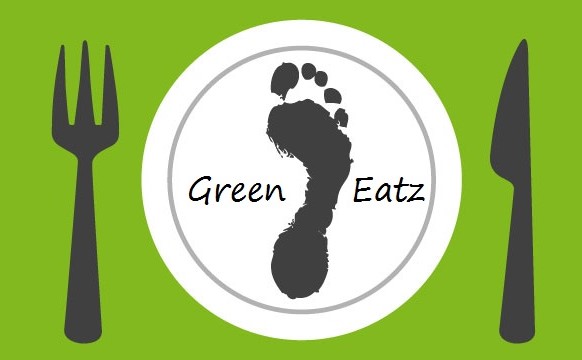
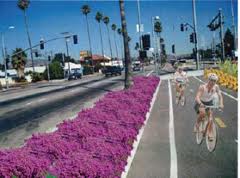
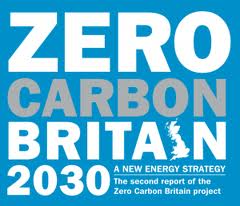
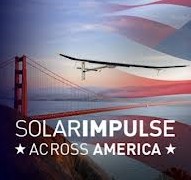
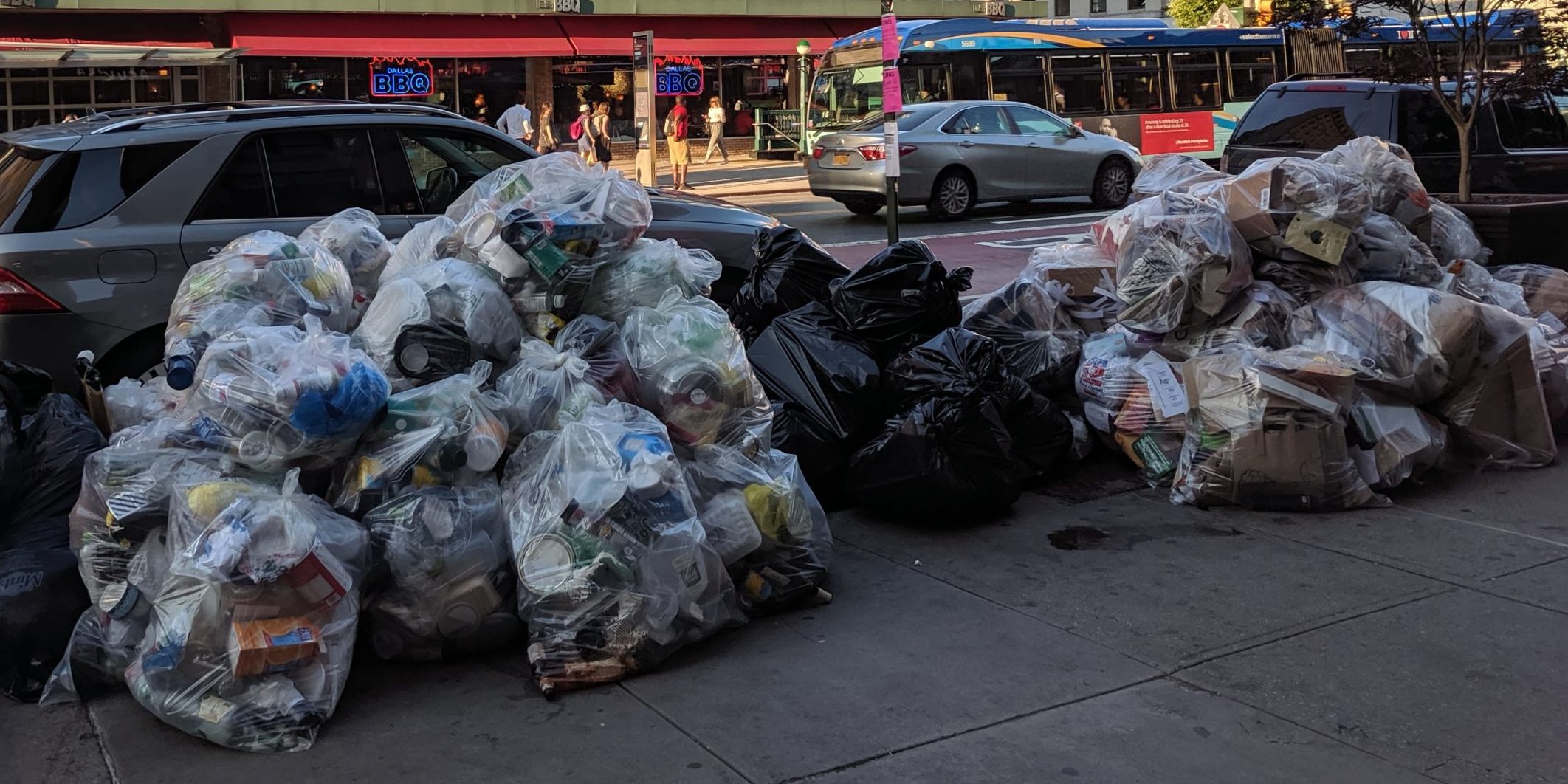
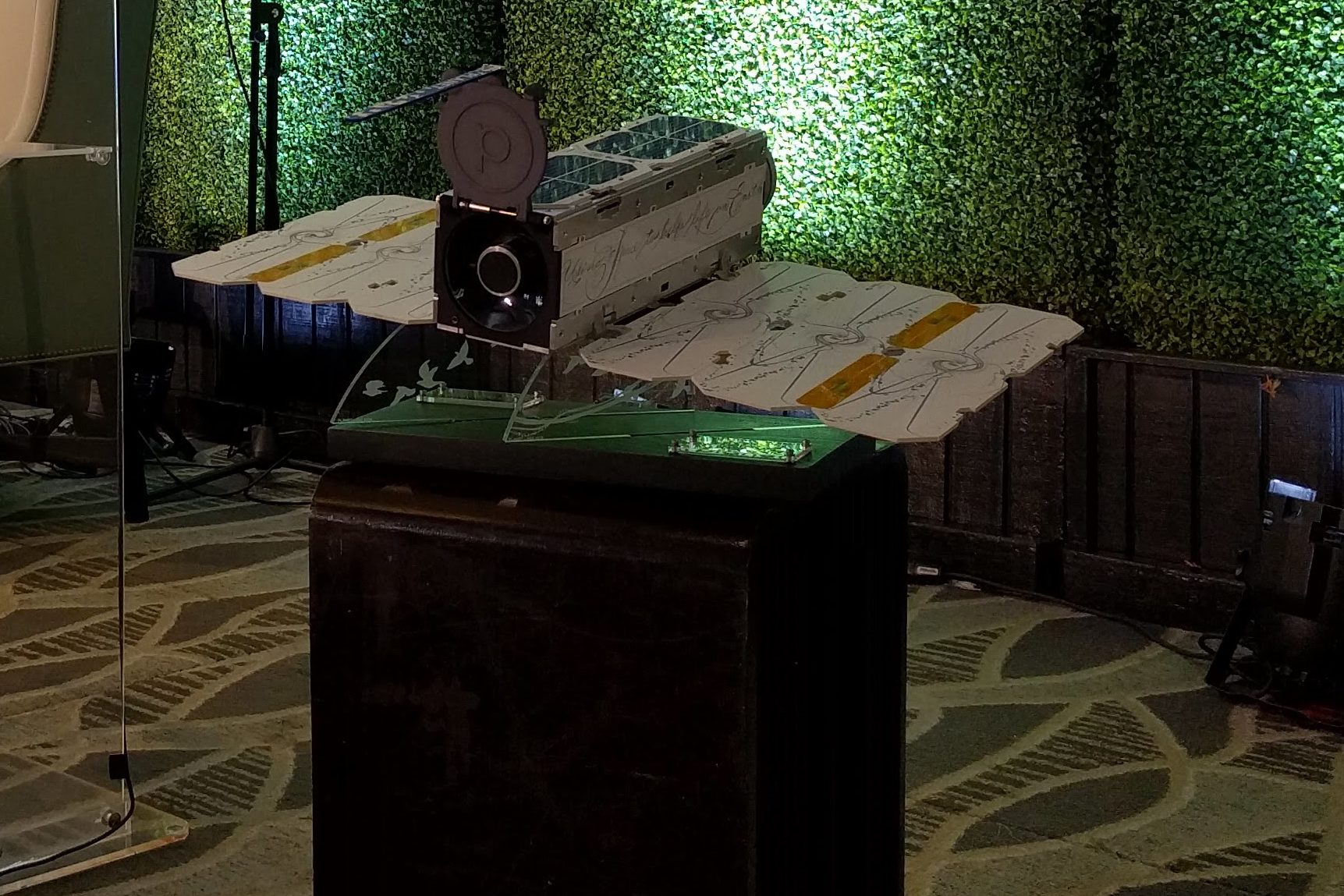


Trackbacks/Pingbacks